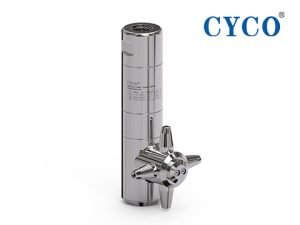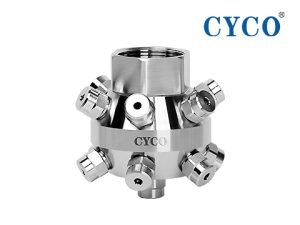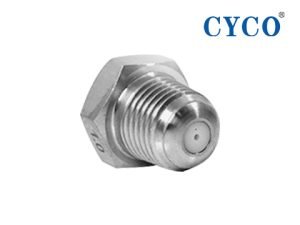Cleaning pharmaceutical tanks is a critical process to ensure product quality, safety, and compliance with regulatory standards. The cleaning procedures must be well-defined, validated, and performed regularly to prevent cross-contamination and maintain aseptic conditions. Here are some general steps and considerations for cleaning pharmaceutical tanks:
1. Preparation: Before starting the cleaning process, ensure that the tank is emptied of its contents completely. Dispose of any leftover or expired materials following proper waste disposal protocols.
2. Risk Assessment and Cleaning Validation: Conduct a risk assessment to identify potential hazards and critical cleaning points. Cleaning validation is essential to demonstrate that the cleaning process consistently removes residues to an acceptable level. This is especially important for equipment that comes in contact with the pharmaceutical product.
3. Cleaning Agents and Solutions: Select appropriate cleaning agents or detergents that are compatible with the tank’s construction material and the pharmaceutical product. Use only approved cleaning solutions to avoid any adverse reactions or contamination.
4. Disassembly: If possible, disassemble the tank to clean all its parts individually. This allows for more thorough cleaning and prevents hidden residues in crevices or hard-to-reach areas.
5. Manual Cleaning or CIP: Depending on the complexity of the tank and its parts, cleaning can be performed manually or using a Clean-in-Place (CIP) system. CIP systems use automated processes to clean the equipment in situ, minimizing the need for disassembly.
6. Cleaning Procedure:
– Rinse: Begin with a pre-rinse to remove gross debris and residues.
– Main Cleaning: Apply the appropriate cleaning agent and scrub or spray all internal surfaces of the tank. Pay special attention to areas that are in direct contact with the product.
– Rinsing Again: Rinse the tank thoroughly with water to remove the cleaning agent and any remaining residues.
– Sanitization: After cleaning, perform sanitization using an approved disinfectant or sanitizing solution. This step helps to eliminate any remaining microorganisms and reduce the risk of microbial contamination.
7. Temperature and Time: Some cleaning agents may require specific temperature conditions and contact times to be effective. Follow the manufacturer’s instructions or established protocols.
8. Rinse Water Quality: Use purified or validated water for rinsing to avoid introducing contaminants.
9. Drying: Ensure that the tank is completely dry before reassembly or reintroduction of the product. Moisture can promote microbial growth and cause product degradation.
10. Documentation: Maintain detailed records of the cleaning process, including cleaning dates, procedures used, cleaning agents, personnel involved, and any deviations encountered.
11. Requalification: After cleaning, requalify the tank to ensure that it meets the required cleanliness standards before reuse.
Always follow the specific cleaning procedures and protocols established by the pharmaceutical manufacturer. These procedures should be in compliance with regulatory requirements, such as Good Manufacturing Practices (GMP) and any applicable guidelines from health authorities like the FDA or EMA. Regular training of personnel involved in cleaning operations is also essential to ensure the process is consistently performed correctly.
CYCO’s 360° rotating cleaning nozzle is very suitable for automatic cleaning of large tanks such as pharmaceutical tanks. We have multiple cleaning cases. Contact us for details.






